The 7000 Metres Club: Majestic Peaks In The Himalaya & Karakoram Ranges

The Grand Himalaya – also known as the ‘abode of snow’ – have captivated explorers and mountaineers for centuries. This awe-inspiring mountain range, stretching across five countries, boasts the highest peaks on Earth, including the legendary Mount Everest.
Home to some of the world's highest peaks, including K2, the Karakoram is a playground for adventurers and a challenge for mountaineers. The Karakoram is also a cultural crossroads, where diverse ethnic groups have coexisted for centuries, shaping unique traditions and ways of life amidst the towering peaks and icy slopes.
For those seeking the ultimate adventure, the challenge lies not just in reaching the summit, but in joining the group who have climbed a peak over 7,000 meters – the prestigious 7000 Metres Club. This blog delves into majestic Himalayan & Karakoram peaks that tower above the clouds, each offering a unique and formidable challenge for seasoned climbers. Get ready to embark on a virtual journey through some of the most breathtaking and challenging terrain on the planet!
SIKKIM:

Sikkim's majestic mountain ranges hug the borders of Nepal and China, creating a unique geographical situation. This unfortunately restricts access to many peaks exceeding 7,000 meters, as they fall within these areas. For instance, the world's third-highest peak, Kanchenjunga (8,586 meters), and the formidable Kabru (7,412 meters) are only accessible for climbing expeditions from the Nepal side.
However, there are still opportunities for experienced climbers in Sikkim. Several peaks are open for climbing with the necessary permits.
1. Zemu Peak (7038 m)
The Zemu Gap Peak or Zemu Peak is located on a high ridge running east of the south summit of Kangchenjunga in the Himalayas. It is located in Sikkim, India, and is one of the highest unscaled peaks in the world. In 2014 a Zemu Exploratory Expedition was carried out by mountaineers Alberto Peruffo, Anindya Mukherjee, Cesar Rosales Chinchay, Francesco Canale, Davide Ferro, Andrea Tonin, and Enrico Ferri, but no route could be charted from the south.
2. Pathibara Peak (also - Pyramid Peak) (7123 m)
This peak is a staggering 23,369 ft above sea level on the western rim of the Lhonak Valley. In April of 1993, an Indo-Japanese expedition made the first ascent of Pathibara, another name for the Pyramid Peak.
3. Jongsong (7462 m)
This peak is a mountain in the Janak section of the Himalayas. At 24,482 ft, it is the 57th highest peak in the world and is not permitted for climbing by major organizations. Jongsong's summit is on the tri-junction of India, Nepal, and China. Jongsong saw its first ascent in 1930 by members of a German expedition led by Gunther Dyhrenfurth.
In September 2012, a team of mountaineers from the Kolkata Section of the Himalayan Club, led by Pradeep Chandra Sahoo, Ang Dorji Sherpa, and Phurba Sherpa, made the first Indian ascent of Jongsong Peak via a new route. They overcame challenges like tough weather, altitude sickness, and technical difficulties, successfully navigating steep rock channels, ice fields, and dangerous crevasses, marking a historic and memorable achievement.
In 2022, a remarkable achievement was made by the indomitable mountaineers from the Indian Army and Himalayan Mountaineering Institute (HMI) Darjeeling. Mt. Jongsong (7462m) and Mt. Domekhang (7250m), both part of the Janak Himal section in the Great Himalayan Range of North Sikkim, were successfully summited. Mt. Jongsong is considered one of the most technically challenging climbs due to its difficult approach, frequent avalanches, rockfalls, and treacherous terrain. This was third successful summit of Mt Jongsong after 1930 and 2012 summits. In a unique feat, Dawa Narbu Sherpa of HMI set a record by summiting both Mt. Domekhang and Mt. Jongsong back-to-back within 24 hours.

In 2023, Team Har Shikhar Tiranga, led by Col. Ranveer Singh Jamwal (Director, NIMAS), along with mountaineers from the National Institute of Mountaineering and Adventure Sports (NIMAS), Dirang, Arunachal Pradesh, completed the fourth recorded summit of Mt. Jongsong (7462 meters) in just 10 days. Despite facing heavy snowfall and harsh weather conditions in Sikkim, the team successfully reached the summit.

UTTARAKHAND:

Uttarakhand, nestled in the foothills of the Himalaya, is a haven for trekkers of all experience levels. From gentle introductory trails to adrenalin-inducing expeditions, the Garhwal and Kumaon regions offer a diverse range of trekking destinations that attract adventurers from across the globe. However, it's important to note that for scaling mountains above a certain height require special permissions, be sure to look into the details with the respective authorities. This ensures the safety of climbers and protects the delicate mountain ecosystem.
1. Kamet (7756 m)
The Mount Kamet Expedition is the second-highest of its kind in Uttarakhand. Its specialty lies in the fact that it appears like a huge shrine that is topped by an almost flat summit area with stunning 2 peaks. It’s first ascent was seen in 1931 by Frank Smythe, Eric Shipton, R.L. Holdsworth, and Lewa Sherpa, members of a British expedition at the time.
In 2024, the ITBP mountaineering team led by DC/GD Anoop Kumar successfully summited Mt. Kamet (7756m) and Mt. Abi Gamin (7355m).

2. Dunagiri (7066 m)
It is one of the high peaks of the Chamoli District Himalayas in the northern Indian state of Uttarakhand. It lies at the northwest corner of the Sanctuary Wall- a ring of peaks surrounding Nanda Devi and enclosing the Nanda Devi Sanctuary. Dunagiri was first climbed on the 5th of July,1939 by the Swiss climbers André Roch, F. Steuri, and D. Zogg.
3. Hardeol (7151 m)
Famously known as the ‘Temple of God’, it is one of the most prestigious peaks situated at the northern end of the Milam Valley. It is considered to be the tallest peak on the northern side of the ring of peaks that shield the Nanda Devi Sanctuary. The peak was first climbed on 31st May 1978, by a team from the Indo-Tibetan Border police and led by S. P. Malasi.
4. Mount Mukut (7242 m)
Mukut Parvat, standing at 7,242 meters, is a peak located in the Western Garhwal Himalayas, within the Nanda Devi Sanctuary. It was first successfully climbed in 1951 by a New Zealand team which included notable mountaineers like Edmund Cotter, Pasang Dawa Lama, Earle Riddiford, Edmund Hillary, and George Lowe. Cotter, Dawa, and Riddiford reached the summit after ascending from the Dakhini Chamrao Glacier, which converges with the Saraswati River from the east.
In Sep 2024, an inspiring demonstration of resilience and valor, a 35-member team from the Indian Army successfully ascended the towering Mount Mukut (7,242m). This challenging summit stands as a testament to their indomitable spirit and relentless dedication to excellence.

LADAKH:

Tucked away in the north of India lies Ladakh, a mesmerizing region known for its stark beauty, cold desert landscapes, and untouched wilderness. This remote area is home to numerous high-altitude peaks that attract experienced mountaineers each year. However, scaling these colossal structures requires a spirit of adventure and meticulous planning. Permits are mandatory and often involve obtaining approval from multiple entities, including the Ministry of Home Affairs, the Ministry of Defence, the Indian Mountaineering Foundation, and relevant state government bodies. Despite the challenges, Ladakh's enigmatic peaks in the Siachen region continue to draw intrepid climbers seeking a unique and demanding adventure.
1. Saltoro Kangri (7705 m)
Saltoro Kangri is the highest peak of the Saltoro Mountains, better known as the Saltoro Range, which is a part of the Karakoram Range. The first Indian to climb this peak on 15th August 1983, was Captain Sanjay Kulkarni as part of an Indian Army expedition.
2. Rimo Kangri (7385 m)
With an elevation of 7,385 meters (24,229 ft), it lies in the northern part of the remote Rimo Muztagh, a subrange of the Karakoram range. It is located about 20 km northeast of the snout of the Siachen Glacier and is the world's 71st highest mountain. The Indian Mountaineering Foundation team led by Major K. S. Dhami claims to have reached its summit before any other team.
3. Saser Kangri I (7672 m)
Saser Kangri means Yellow Peak in local language of Ladakh, Saser means Yellow and Kangri means snow-covered peak. It is one of the most technically challenging peaks to scale in India which was successfully done in 1973. The first people to scale and reach its top were Dawa Norbu, Da Tenzing, Nima Tenzin, and Thondup, in 1973.
4. Mount Kun (7077 m) and Mount Nun (7135 m)
The Mount Kun and Nun Peaks stand handsomely in the Zanskar range of Ladakh. At impressive elevations, the twin peaks draw attention with their unmatchable beauty and enigmatic presence. The first person to climb the Kun Peak was Italian mountaineer Mario Piacenza in 1913. However, it took another 58 years for an Indian Army Expedition to successfully climb this peak again. The first ascent of Mount Nun was recorded in 1953, and scaled by a French-Swiss-Indian-Sherpa team led by Bernard Pierre and Pierre Vittoz.
The ascent to the summit is technically demanding, requiring knowledge of mountaineering skills such as the use of ice axes, roping techniques, crampons, and jumar climbing. These peaks are considered perfect for those preparing for Everest or other 8000-meter expeditions, as they encompass nearly all the critical components of a guided climb. Few experienced operators run these expeditions successfully, making them more accessible to climbers.







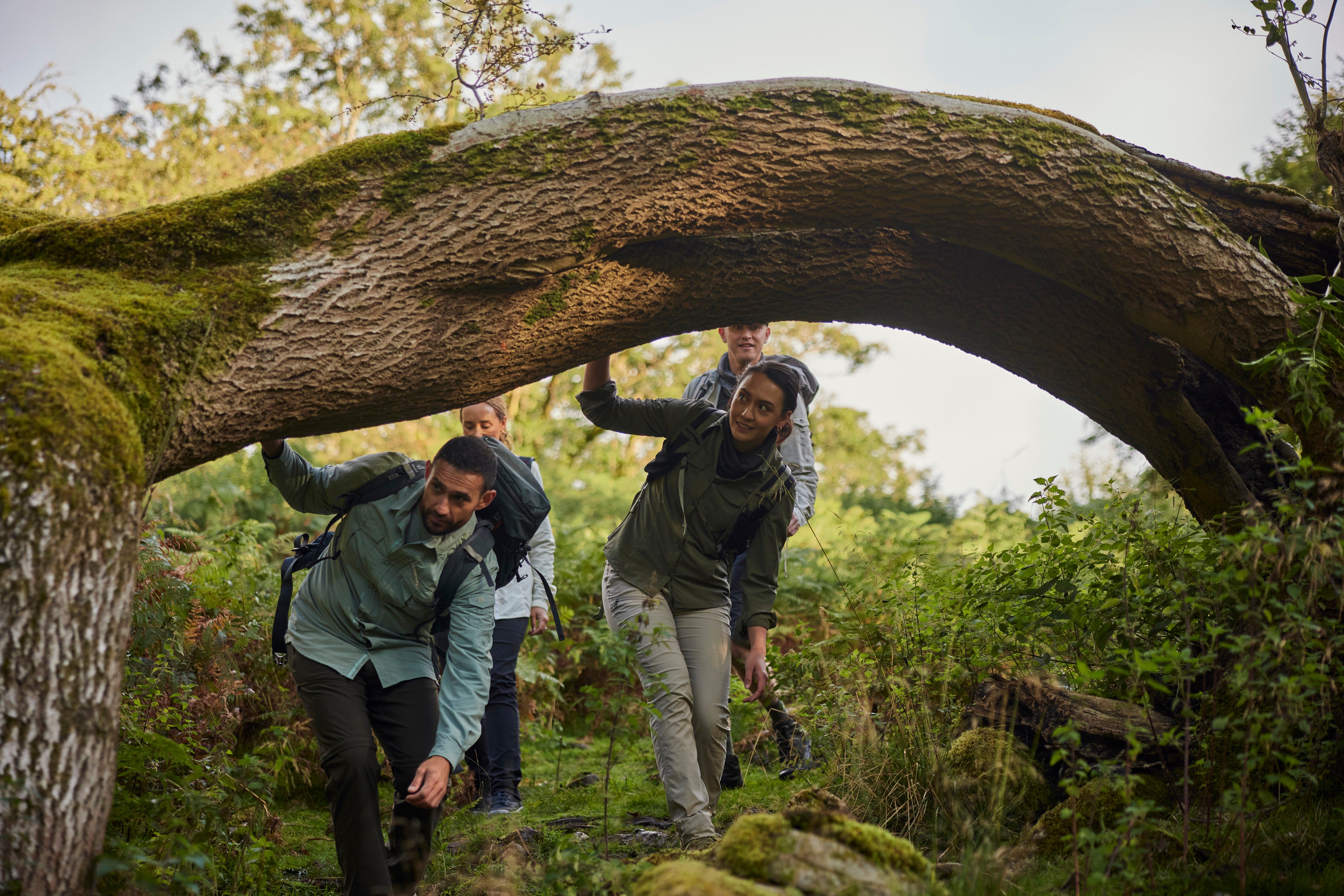

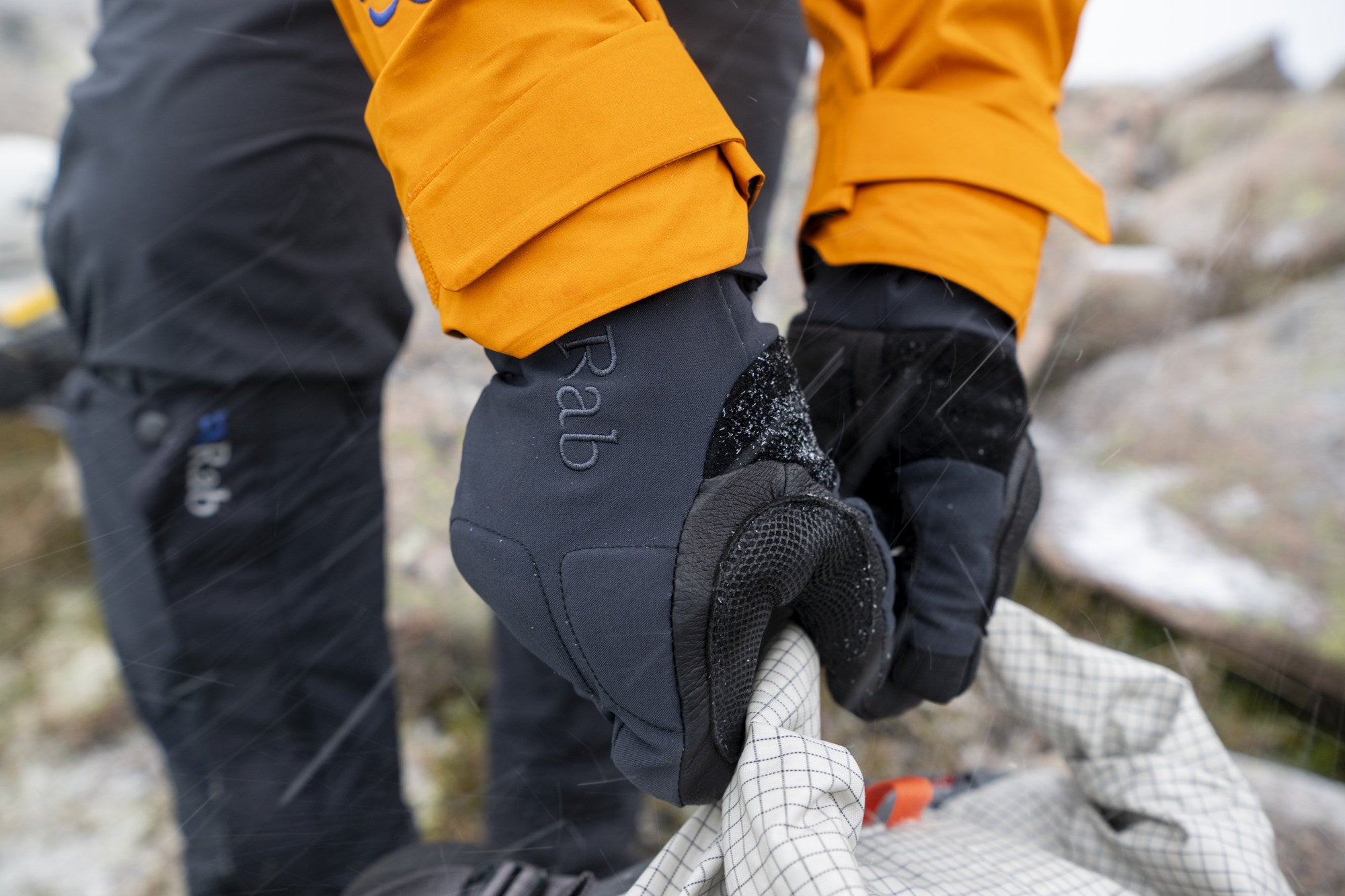
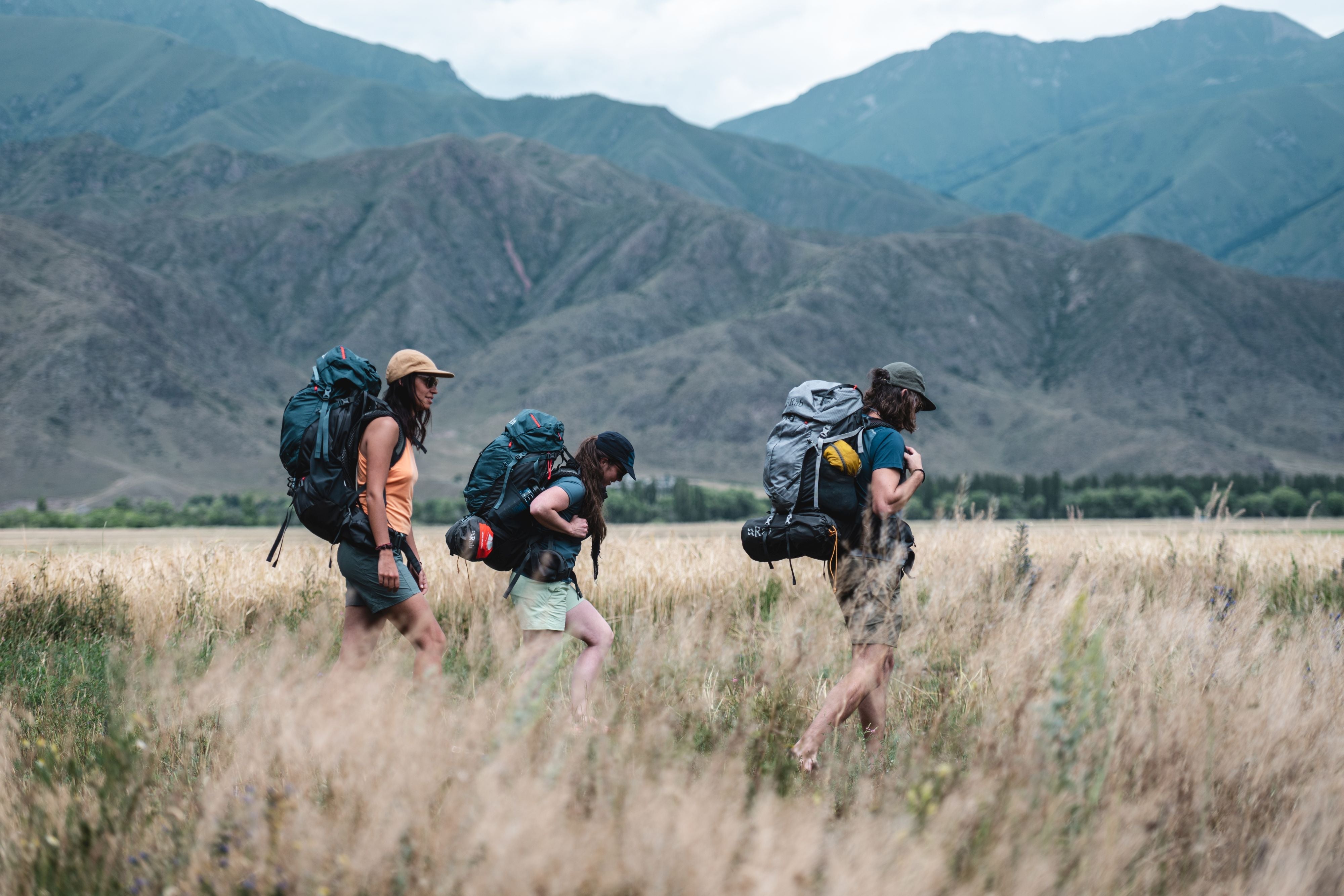
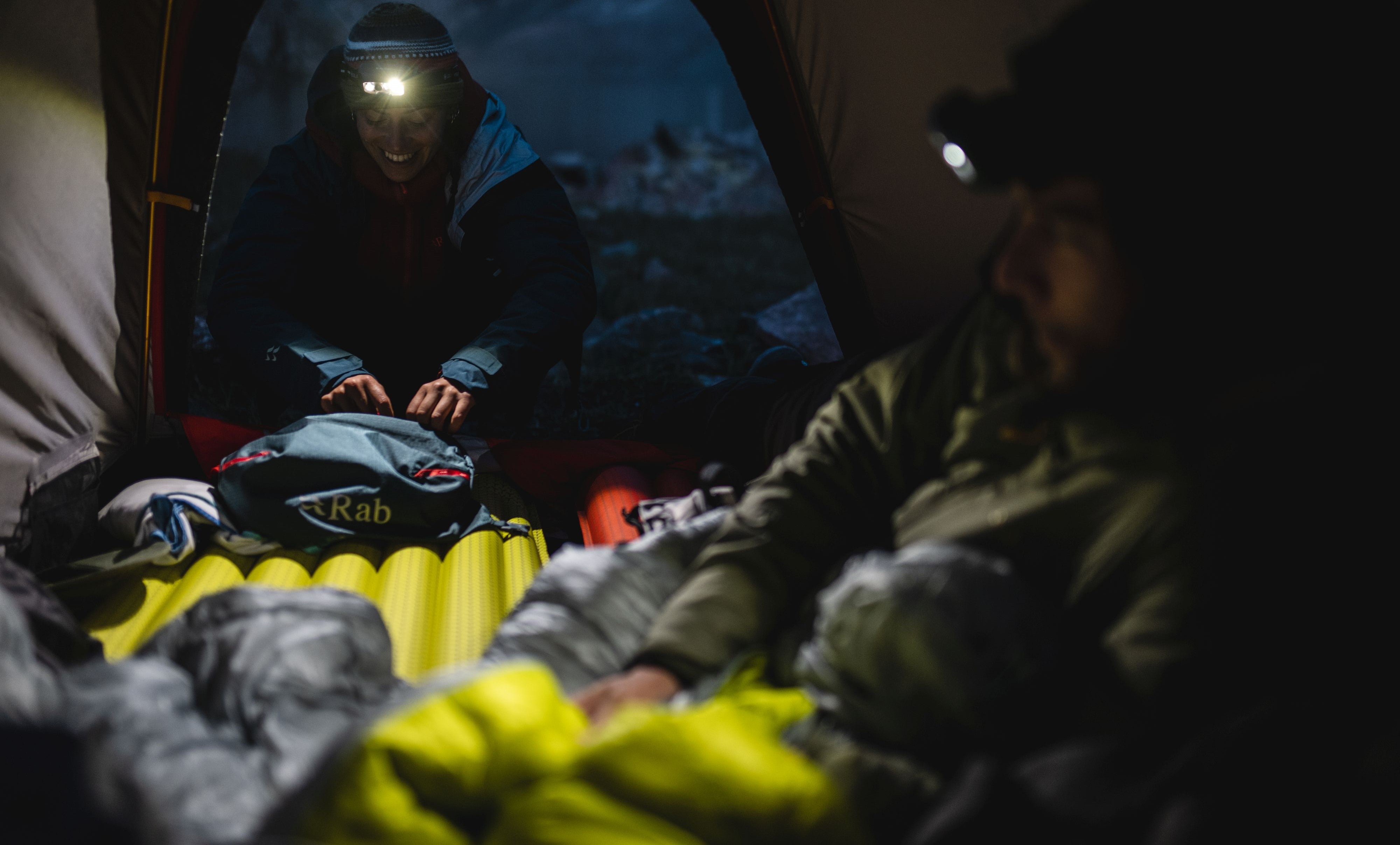
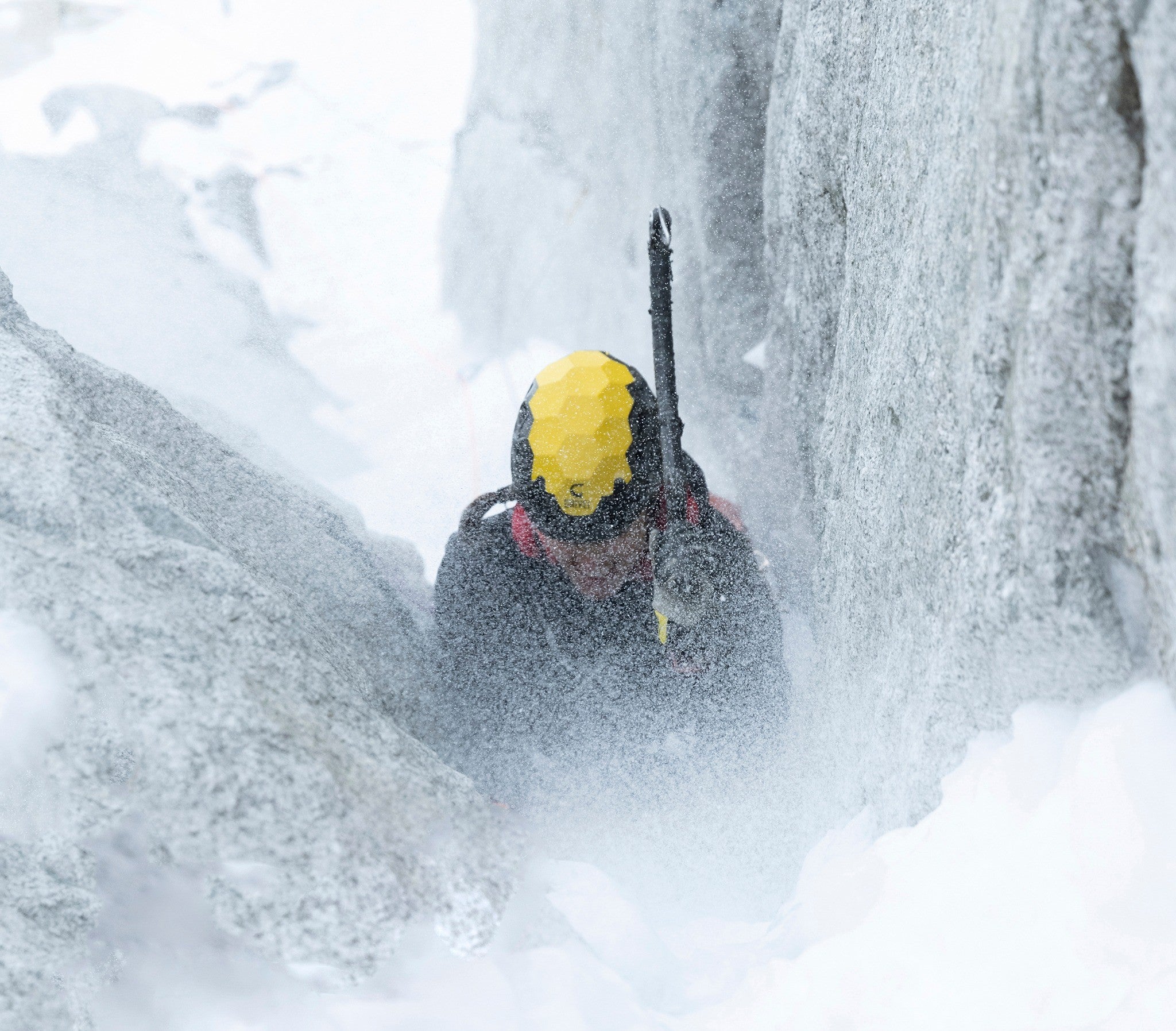


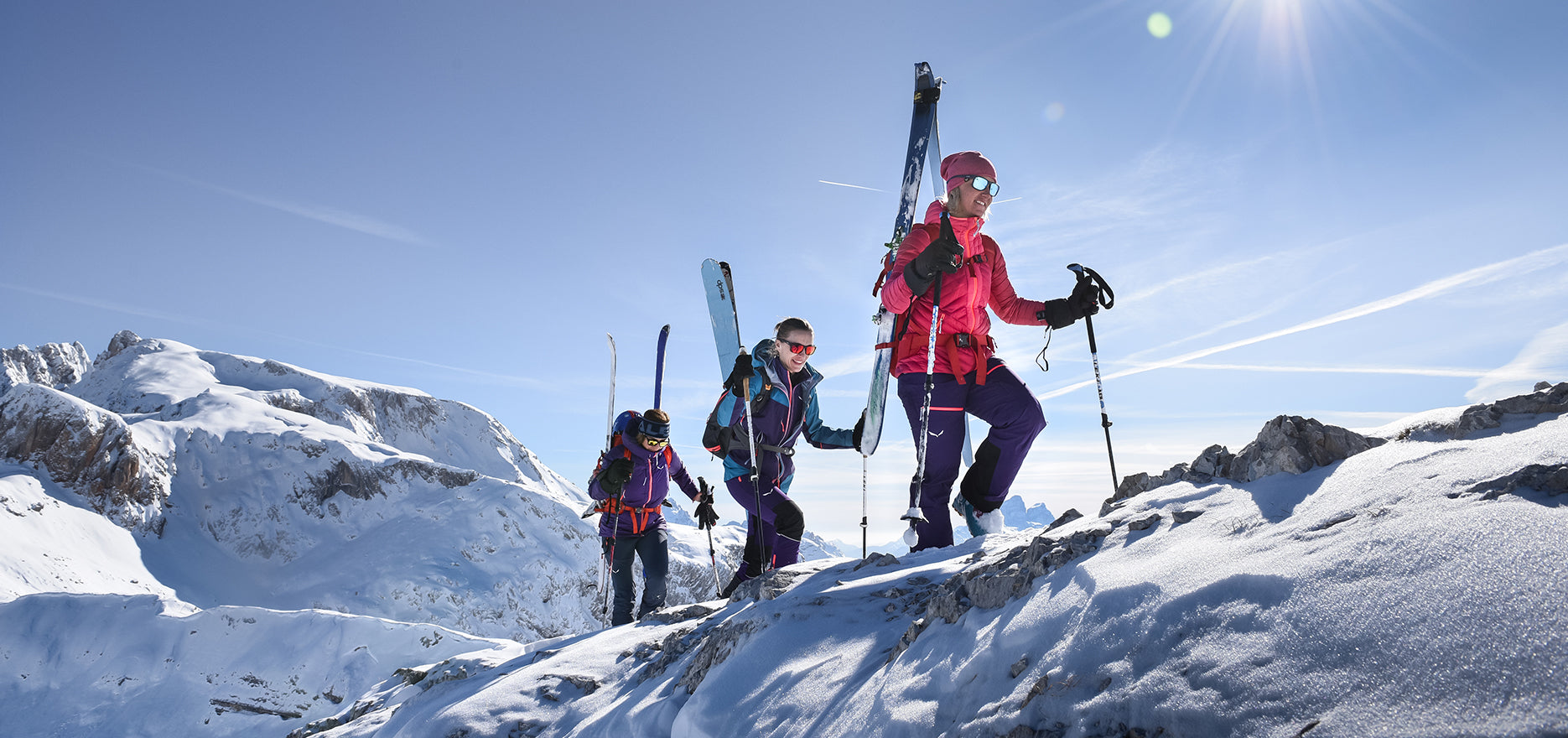
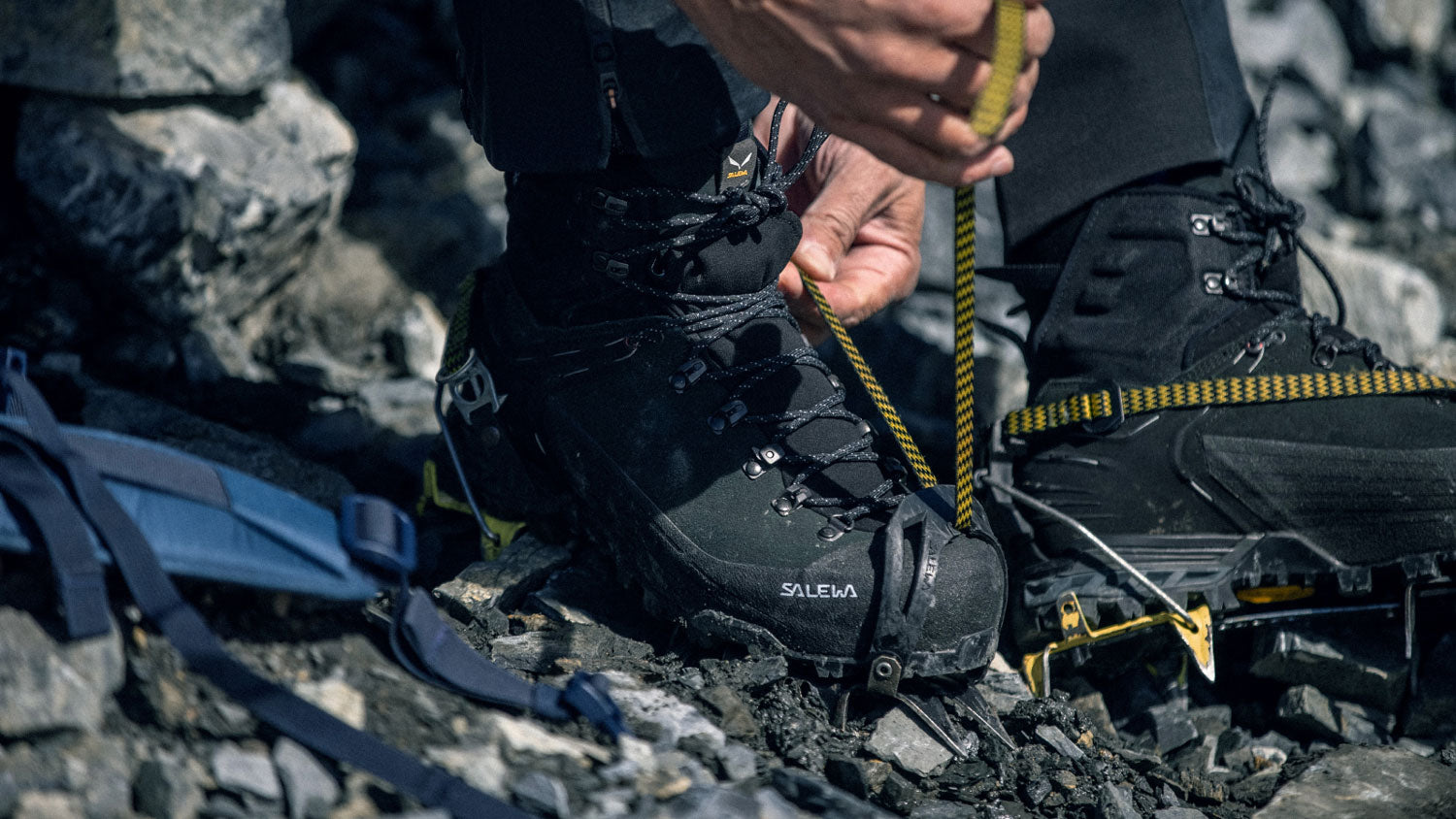

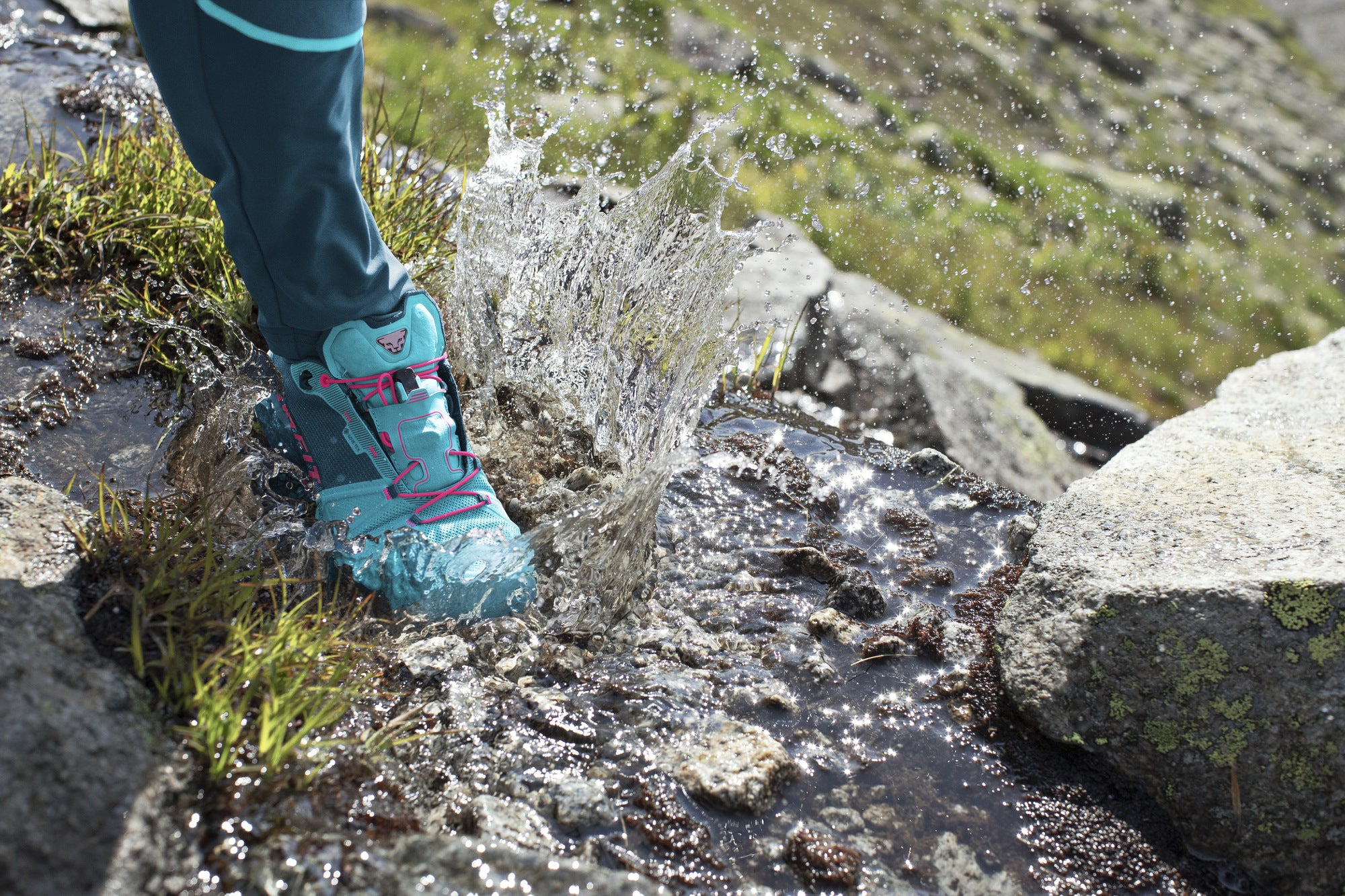
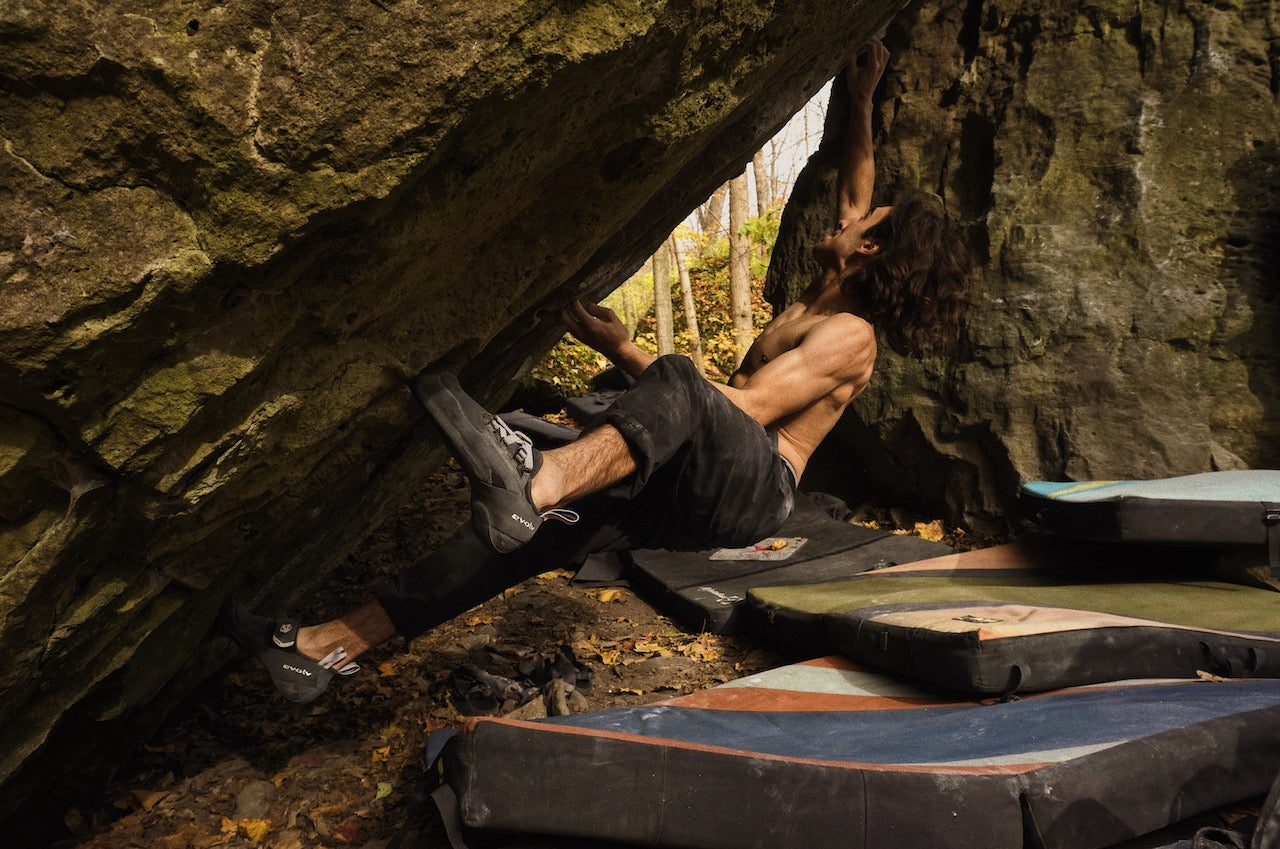

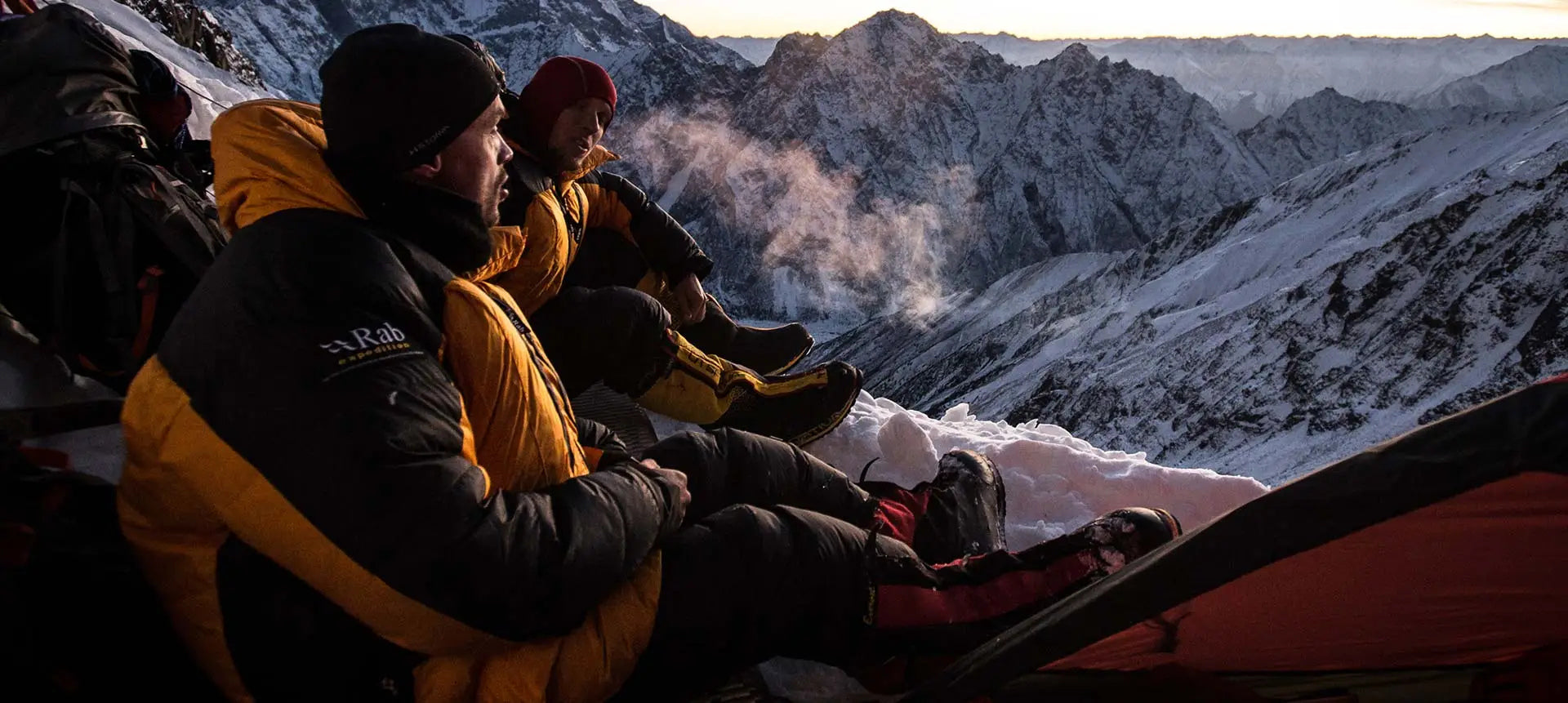
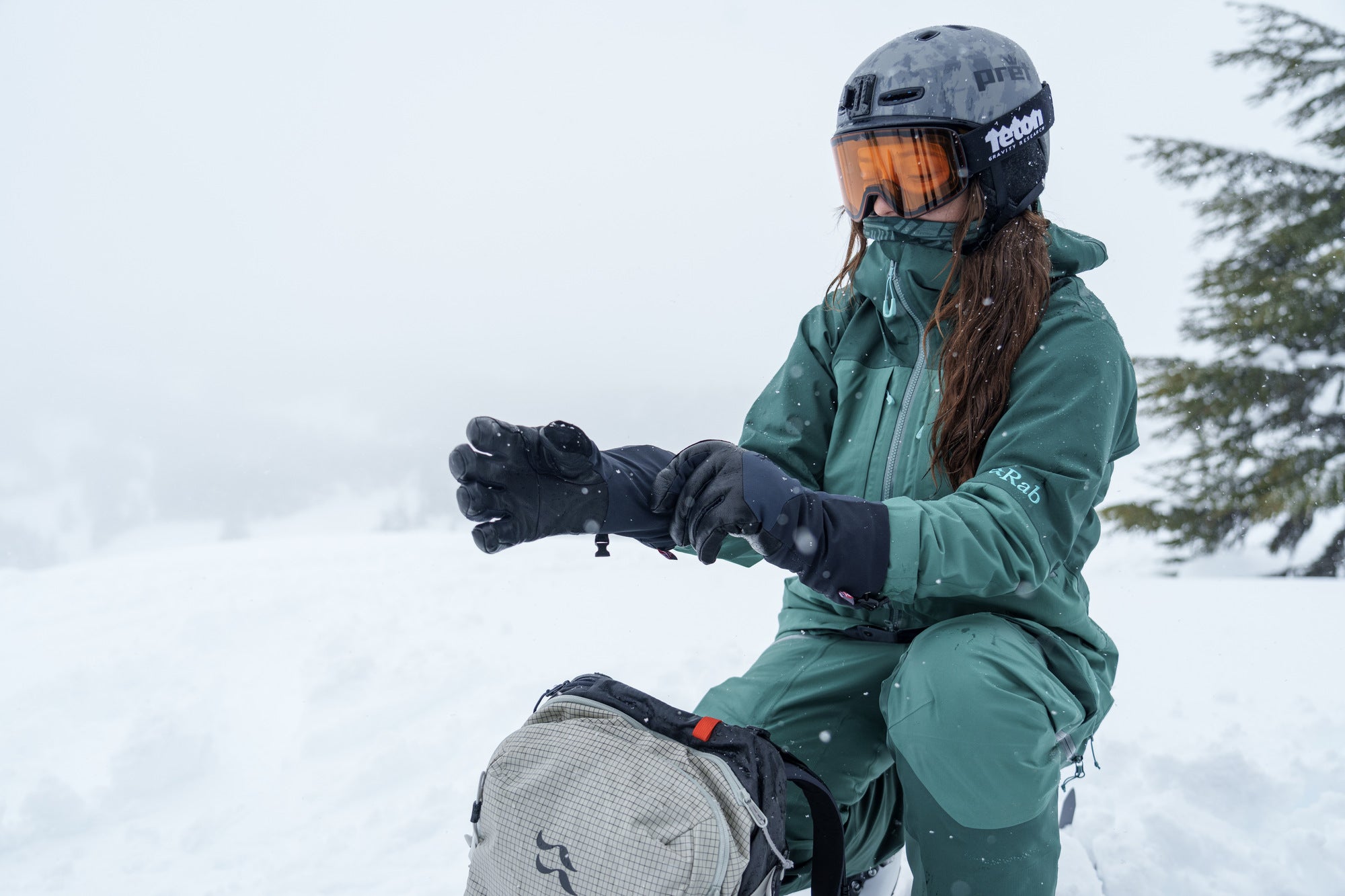
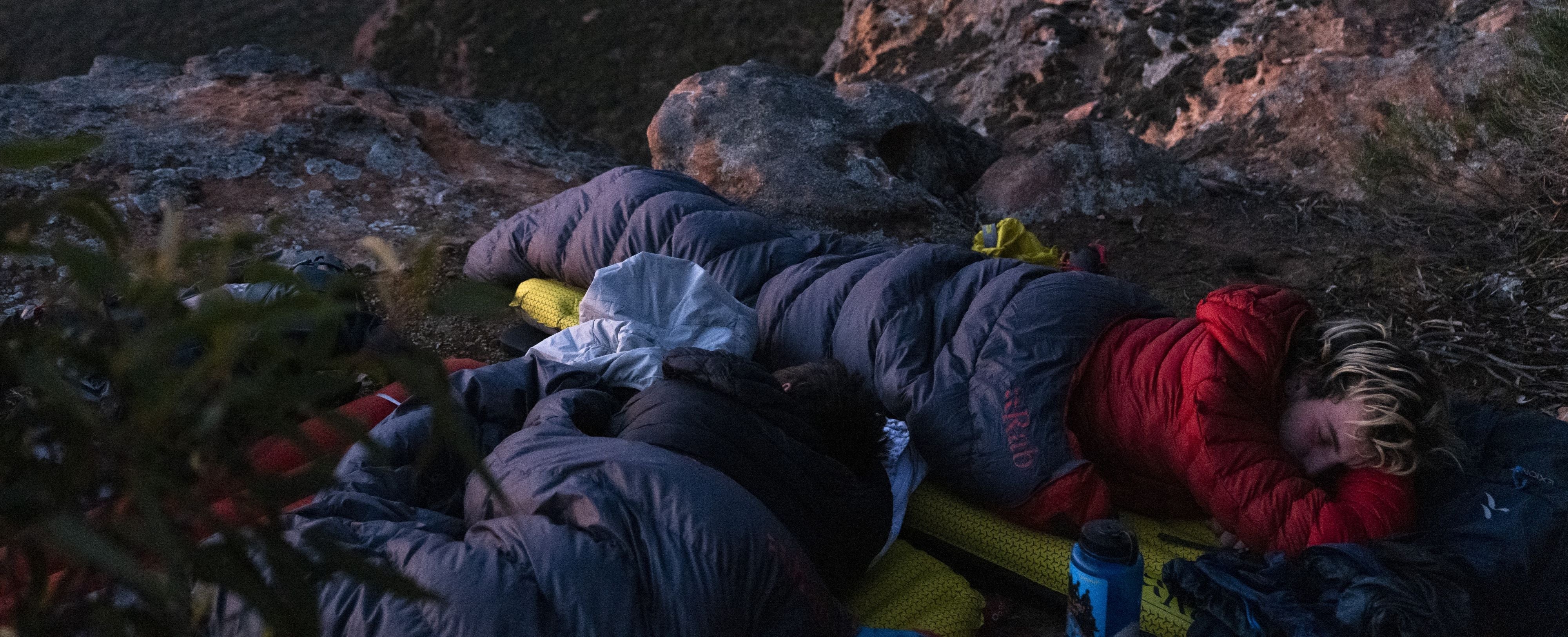
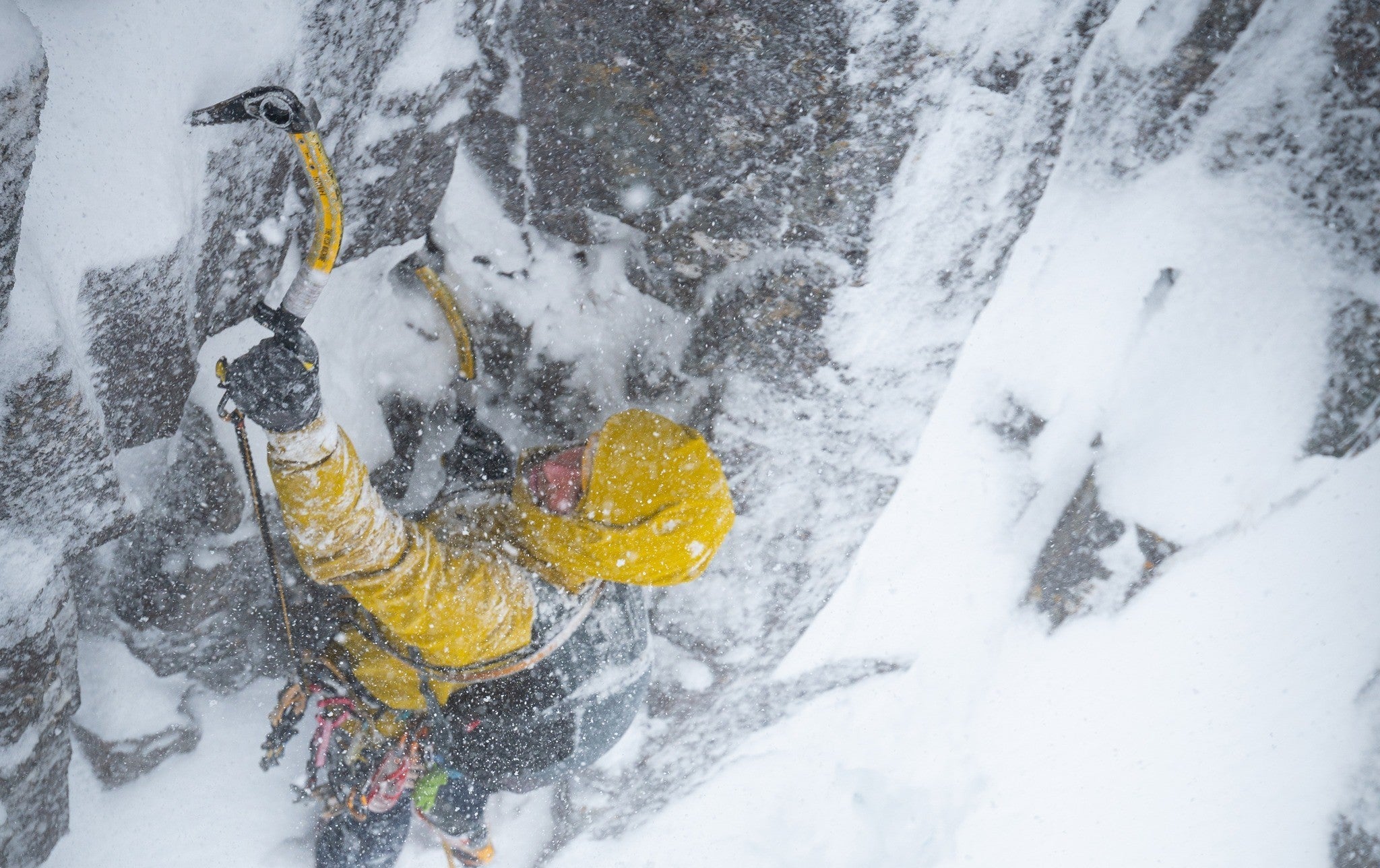




Leave a comment